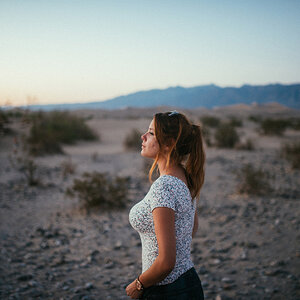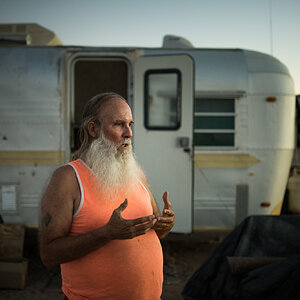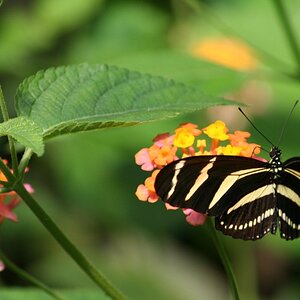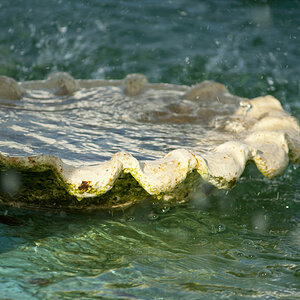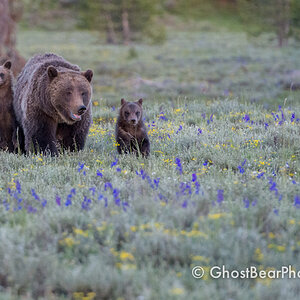kkamin
TPF Noob!
- Joined
- Aug 25, 2009
- Messages
- 515
- Reaction score
- 17
- Location
- Minneapolis
- Website
- www.kevinkaminphoto.com
- Can others edit my Photos
- Photos OK to edit
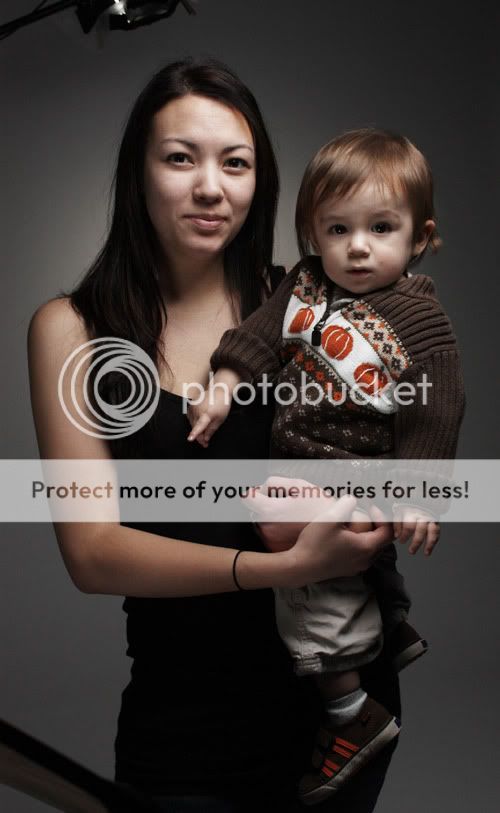
I was trying to light mother and child with fashion type lighting.
They were standing on a white paper sweep being lit by a softbox--I wrapped two edges of the softbox with cinefoil to minimize the spill on the wall of the sweep. To light the sweep, I had a light shooting through a honeycomb grid.
Anyways, I think their eyes are too dark. The lighting is kind of a butterfly type lighting. I'd rather have is more Rembrandt, but I was afraid to angle the light more towards their face, with fear of spilling light on the paper and bringing up its tone (I like the dark grey)
1. How can I improve the lighting so that the eyes get more light but I can keep the high contrast look?
2. Do you think I need a hair light or a kicker or is the background spot good enough to provide separation? I've had problems with hair lights; since for dark haired subjects they generally are 1-2 stops brighter than the key, the spill from it strikes the white studio and is strong enough to fill the entire room slightly, bringing up the tone on the paper. Any ideas on how to combat that? Grey paper? Black cloth to catch any direct spill on the other side of the subjects?
3. Please give me any other feedback.
Thanks,
Kkamin


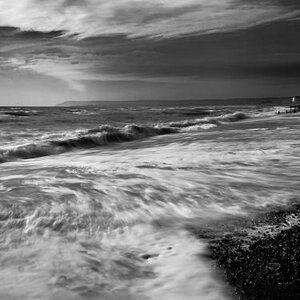
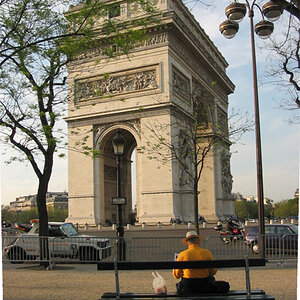
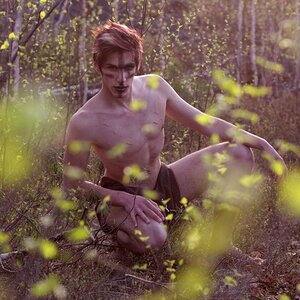
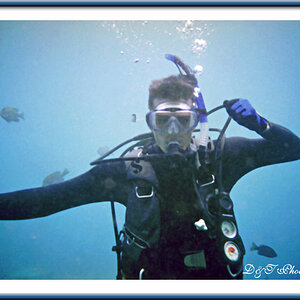
![[No title]](/data/xfmg/thumbnail/31/31509-b8abaec96e6e375688e269bc89f47652.jpg?1619734858)
![[No title]](/data/xfmg/thumbnail/42/42015-c5cdef195e2aab7b272f0c03437c42c4.jpg?1619739978)
![[No title]](/data/xfmg/thumbnail/38/38720-f0f83c1b09a42065eefec8923841d54d.jpg?1619738701)
